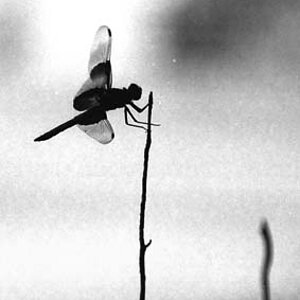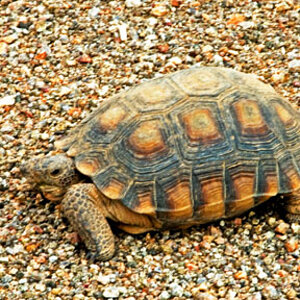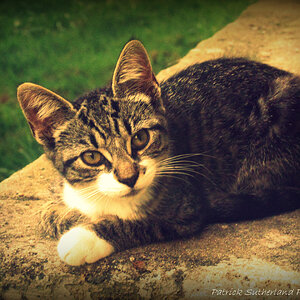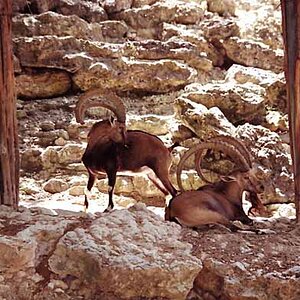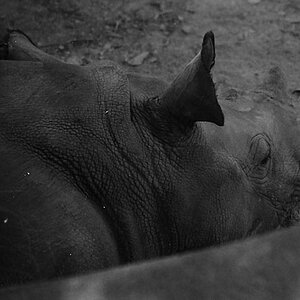CThomas817
TPF Noob!
- Joined
- Aug 28, 2017
- Messages
- 143
- Reaction score
- 8
- Can others edit my Photos
- Photos OK to edit
Hi, I am getting into newborn work and I got into a little snafu. I typically feather my light (strobe in a 50x50 westcott softbox) so that it's at a 90 degree angle to the baby. However, I just built a little bed prop and the headboard blocks the light feathering down the top half of the baby's face. If I turn the bed/baby toward the light at a 45 degree, shadows are a bit harsh. Reflector isn't giving me enough light to soften the shadows. Below is the look I'm going for (not my work). Any suggestions?


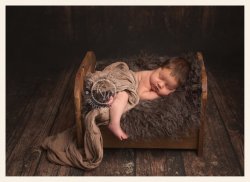
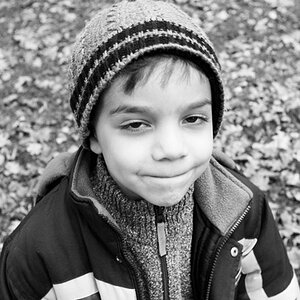
![[No title]](/data/xfmg/thumbnail/37/37606-3c9ffb5906173fa2aa489341967e1468.jpg?1619738148)
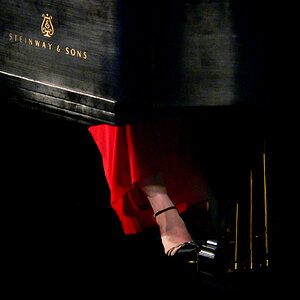


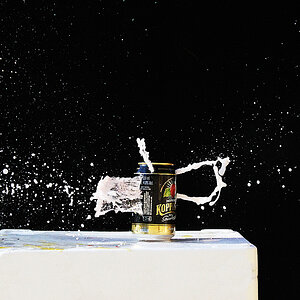
![[No title]](/data/xfmg/thumbnail/37/37604-7ad625e983f92f880eb65a264eeef5e4.jpg?1619738148)
